| COMMON NAME |
SEASON |
HABITAT |
Loons
Common Loon |
f, sp |
water |
Grebes
Pied-billed Grebe |
f, w, sp |
water |
Herons
American Bittern
Great Blue Heron
Great Egret
Little Blue Heron
Cattle Egret
Green-backed Heron* |
sp, s
all
sp, s, f
sp, s, f
sp
sp, s, f |
water
water
water
water
field, water
water |
Swans, Geese, Ducks
Tundra Swan
Canada Goose*
Wood Duck*
Green-winged Teal
Black Duck
Mallard*
Northern Pintail
Blue-winged Teal
American Wigeon
Canvasback
Redhead
Ring-necked Duck
Lesser Scaup
Common Goldeneye
Bufflehead
Hooded Merganser
Common Merganser
Red-breasted Merganser
Ruddy Duck |
f, w
all
all
f, w, sp
f, w, sp
all
f, w, sp
sp, f
f, w, sp
f, w, sp
f, w, sp
f, w, sp
f, w, sp
f, w, sp
f, w, sp
f, w, sp
f, w, sp
sp
f, w, sp |
sky, water
water
water
water
water
water
water
water
water
water
water
water
water
water
water
water
water
water
water |
Vultures
Black Vulture*
Turkey Vulture* |
all
all |
sky
sky |
Osprey, Hawks, Eagles
Osprey
Bald Eagle
Golden Eagle
Northern Harrier
Sharp-shinned Hawk
Cooper’s Hawk*
Red-shouldered Hawk*
Broad-winged Hawk
Red-tailed Hawk* |
f, sp
f, w, sp
f,w
f, w, sp
all
all
all
sp, f
all |
water, sky
sky
sky
field, sky
sky
sky
sky
sky
sky |
Falcons
American Kestrel* |
all |
sky |
Turkey, Quail
Wild Turkey*
N. Bobwhite Quail* |
all
all |
field, woods
field, edge |
Rails, Coot
Sora
American Coot |
sp, f
f, w, sp |
water edge
water |
Plovers
Semipalmated Plover
Killdeer* |
sp
all |
water edge
water edge |
Gulls
Bonaparte’s Gull
Ring-billed Gull
Herring Gull |
sp
f, w, sp
f, w, sp |
water, sky
water, sky
water, sky |
Sandpipers
Greater Yellowlegs
Lesser Yellowlegs
Solitary Sandpiper
Spotted Sandpiper
Semipalmated Sandpiper
Least Sandpiper
Pectoral Sandpiper
Common Snipe
American Woodcock* |
sp, s, f
sp, s, f
sp, s, f
sp, s, f
sp, s, f
sp, s, f
sp, s, f
f, w, sp
all |
water edge
water edge
water edge
water edge
water edge
water edge
water edge
water edge
woods, field |
Doves, Pigeon
Rock Dove (pigeon)*
Mourning Dove* |
all
all |
barn
edge, field |
Cuckoos
Yellow-billed Cuckoo*
Black-billed Cuckoo |
sp, s, f
sp, f |
woods, edge
woods, edge |
Owls
Barn Owl*
Eastern Screech-Owl*
Barred Owl*
Great-horned Owl* |
all
all
all
all |
field, edge
woods, edge
woods, edge
woods, edge |
Nightjars
Common Nighthawk*
Whip-poor-will* |
sp, s, f
sp, s, f |
sky
field |
Swifts
Chimney Swift* |
sp, s, f |
sky |
Hummingbirds
Ruby-throated * |
sp, s, f |
field, edge |
Kingfishers
Belted Kingfisher* |
all |
water |
Woodpeckers
Red-headed Woodpecker
Red-bellied Woodpecker*
Yellow-bellied Sapsucker
Downy Woodpecker*
Hairy Woodpecker*
Northern Flicker*
Pileated Woodpecker* |
all
all
f, w, sp
all
all
all
all |
woods
woods
woods
woods
woods
woods
woods |
Flycatchers
Eastern Wood Pewee*
Acadian Flycatcher*
Eastern Phoebe*
Great Crested Flycatcher*
Eastern Kingbird* |
sp, s, f
sp, s
all
sp, s
sp, s |
edge, woods
near water
edge
woods
edge |
Larks
Horned Lark* |
all |
field |
Swallows
Purple Martin*
Tree Swallow*
Northern Rough-winged
Bank Swallow
Cliff Swallow
Barn Swallow* |
sp, s
sp, s, f
sp, s
sp, f
sp, s
sp, s, f |
sky, field
sky, water
sky, water
sky, water
sky
sky, field |
Crows, Jays
American Crow*
Fish Crow*
Raven
Blue Jay* |
all
all
all
all |
edge, field
edge
sky
edge, woods |
Chickadees, Titmice
Carolina Chickadee*
Tufted Titmouse* |
all
all |
woods, edge
woods, edge |
Nuthatches
White-breasted Nuthatch*
Red-breasted Nuthatch |
all
f, w, sp |
woods, edge
woods |
Creepers
Brown Creeper |
f, w, sp |
woods |
Wrens
Carolina Wren*
Winter Wren
House Wren*
Marsh Wren |
all
f, w, sp
all
sp, f |
edge, woods
edge, woods
edge
water |
Thrushes
Golden-crowned Kinglet
Ruby-crowned Kinglet
Blue-gray Gnatcatcher*
Eastern Bluebird*
Veery
Gray-cheeked Thrush
Swainson’s Thrush
Hermit Thrush
Wood Thrush*
American Robin* |
f, w, sp
f, w, sp
sp, s, f
all
sp, f
sp, f
sp, f
f, w, sp
sp, s, f
all |
edge, woods
edge
edge, woods
field, edge
woods
woods
woods
woods
woods
field |
Mockingbirds, Thrashers
Northern Mockingbird*
Brown Thrasher*
Gray Catbird* |
all
sp, s, f
sp, s, f |
edge
edge
edge |
Pipits
Water Pipit |
f, w, sp |
field |
Waxwings
Cedar Waxwing |
f, w, sp |
edge |
Shrikes
Loggerhead Shrike |
all |
edge |
Starlings
European Starling* |
all |
field, edge |
Vireos
Red-eyed Vireo*
Solitary Vireo
White-eyed Vireo*
Yellow-throated Vireo* |
sp, s, f
sp, f
sp, s, f
sp, s, f |
woods, edge
woods, edge
edge
woods, edge |
Warblers, Sparrows, Blackbirds, Etc.
Blue-winged Warbler
Tennessee Warbler
Nashville Warbler
Northern Parula Warbler*
Yellow Warbler*
Chestnut-sided Warbler
Magnolia Warbler
Cape May Warbler
Black-throated Blue
Black-throated Green.
Yellow-rumped Warbler
Blackburnian Warbler
Yellow-throated Warbler*
Pine Warbler*
Prairie Warbler*
Palm Warbler
Bay-breasted Warbler
Blackpoll Warbler
Cerulean Warbler
Black-and-white Warbler*
American Redstart*
Worm-eating Warbler*
Ovenbird*
Northern Waterthrush
Louisiana Waterthrush*
Kentucky Warbler
Common Yellowthroat*
Hooded Warbler*
Wilson’s Warbler
Canada Warbler
Yellow-breasted Chat* |
sp, f
sp, f
sp, f
sp, s, f
sp, s, f
sp, f
sp, f
sp, f
sp, f
sp, s, f
f, w, sp
sp, f
sp, s, f
sp, s, f
sp, s, f
sp, f
sp, f
sp, f
sp, f
sp, s, f
sp, s, f
sp, s, f
sp, s, f
sp, f
sp, s, f
sp, s, f
sp, s, f
sp, s, f
sp, f
sp, f
sp, s, f |
edge
woods
woods, edge
woods, water
edge
woods, edge
woods, edge
woods, edge
woods, edge
woods
woods, edge
woods
water’s edge
pine trees
edge
woods, edge
woods
woods, edge
woods
woods
edge, woods
woods
woods
near water
ravines, water
woods
edge
woods, edge
edge
woods, edge
edge |
Summer Tanager
Scarlet Tanager* |
sp, s, f
sp, s, f |
woods
woods |
Northern Cardinal (male, female)*
Rose-breasted Grosbeak
Blue Grosbeak*
Indigo Bunting*
Rufous-sided Towhee*
Dark-eyed Junco |
all
sp, f
sp, s, f
sp, s, f
all
f, w, sp |
edge
woods
edge
edge
edge
edge, woods |
Chipping Sparrow*
Field Sparrow*
Vesper Sparrow
Savannah Sparrow
Grasshopper Sparrow*
Fox Sparrow
Song Sparrow*
Swamp Sparrow
Lincoln’s Sparrow
White-throated Sparrow
White-crowned Sparrow |
sp, s, f
all
sp, f
f, w, sp
sp, s, f
f, w
all
f, w, sp
sp, f
f, w, sp
f, w, sp |
edge, field
edge, field
edge, field
edge, field
field
edge, field
edge, field
water edge
edge
edge
edge |
Bobolink
Eastern Meadowlark*
Red-winged Blackbird*
Rusty Blackbird
Common Grackle* |
sp, f,
all
all
f, w, sp
all |
field
field
near water
edge, field
edge, field |
Brown-headed Cowbird*
Northern Oriole*
Orchard Oriole* |
all
sp, s, f
sp, s, f |
edge, field
edge
edge |
Weavers
House Sparrow* |
all |
edge, bldgs |
Finches
Purple Finch
House Finch*
American Goldfinch*
Pine Siskin
Evening Grosbeak |
f, w, sp
all
all
f, w, sp
f, w, sp |
edge, woods
edge, field
edge, field
edge, field
edge, feeders |
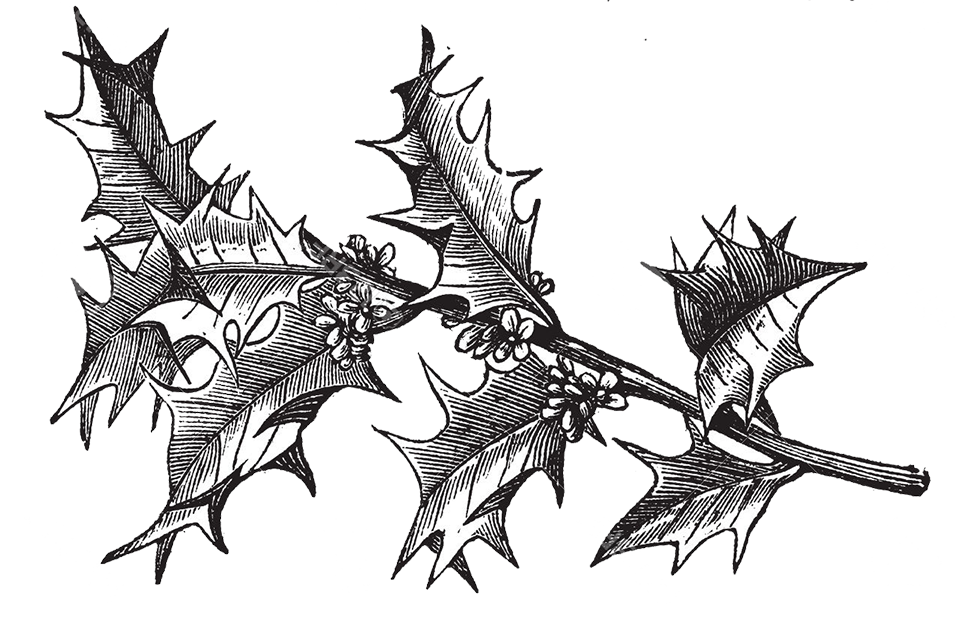

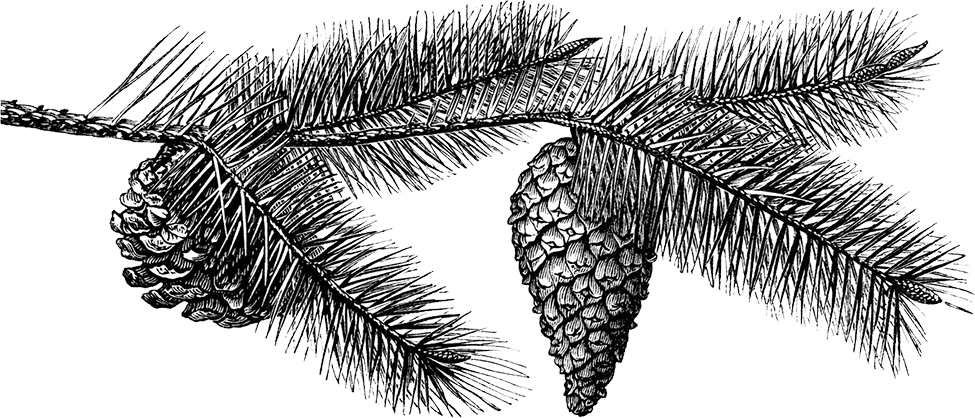
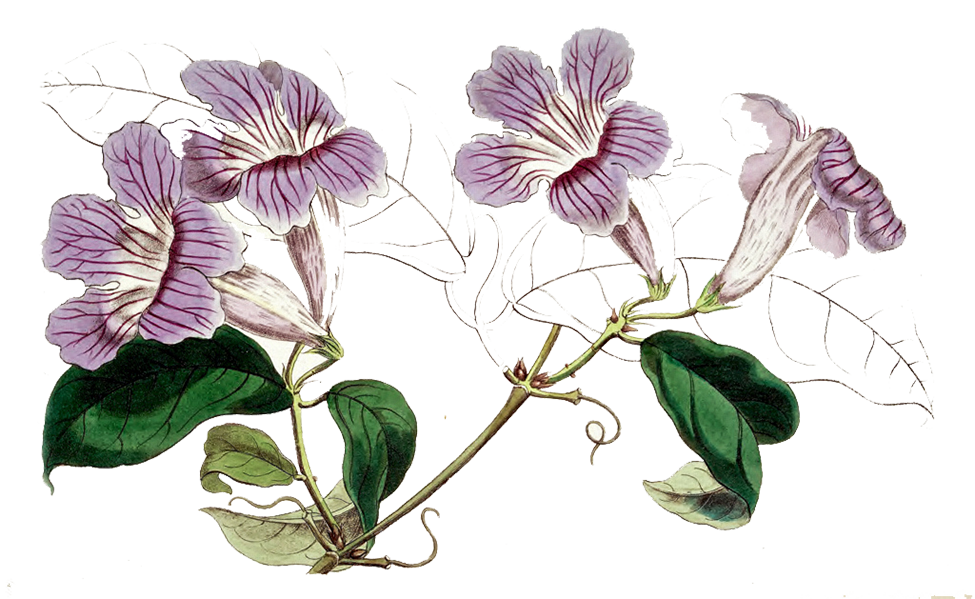







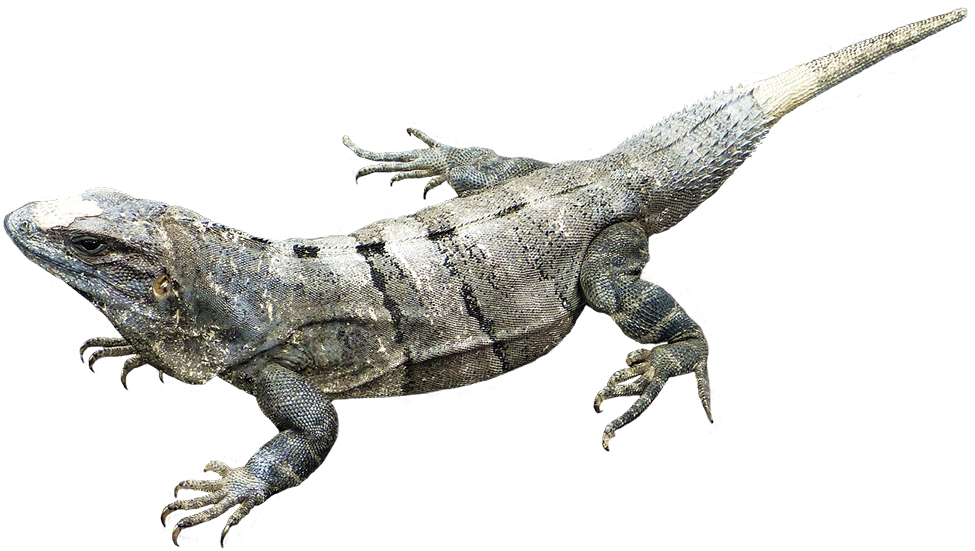

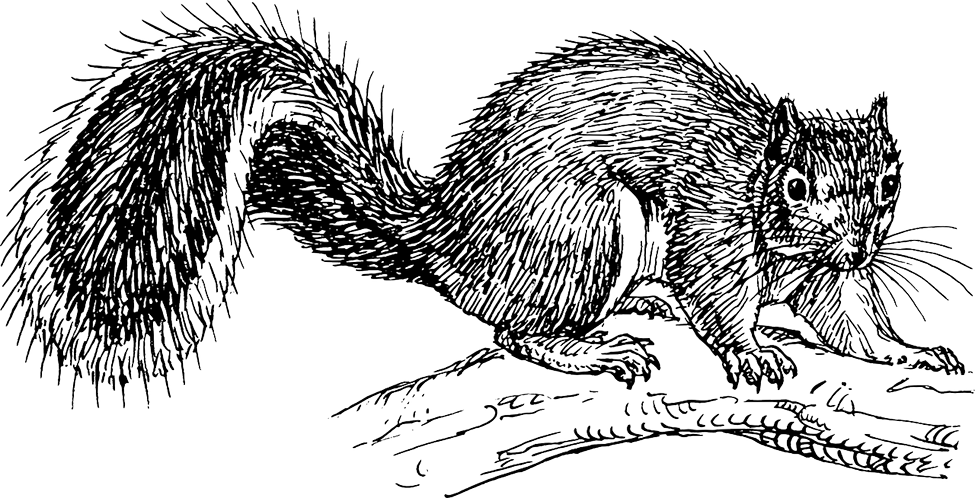
 Due to their high visibility and vocal antics, birds are the most readily encountered form of wildlife. A variety of quality habitat contributes to an impressive number and diversity of birds at ICNA. Many are resident year-round.
Due to their high visibility and vocal antics, birds are the most readily encountered form of wildlife. A variety of quality habitat contributes to an impressive number and diversity of birds at ICNA. Many are resident year-round.